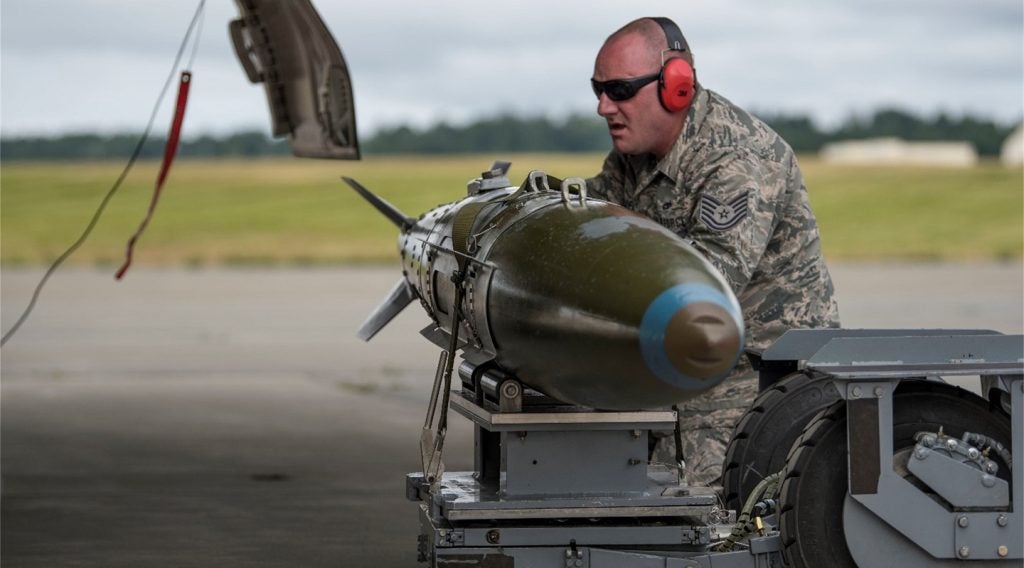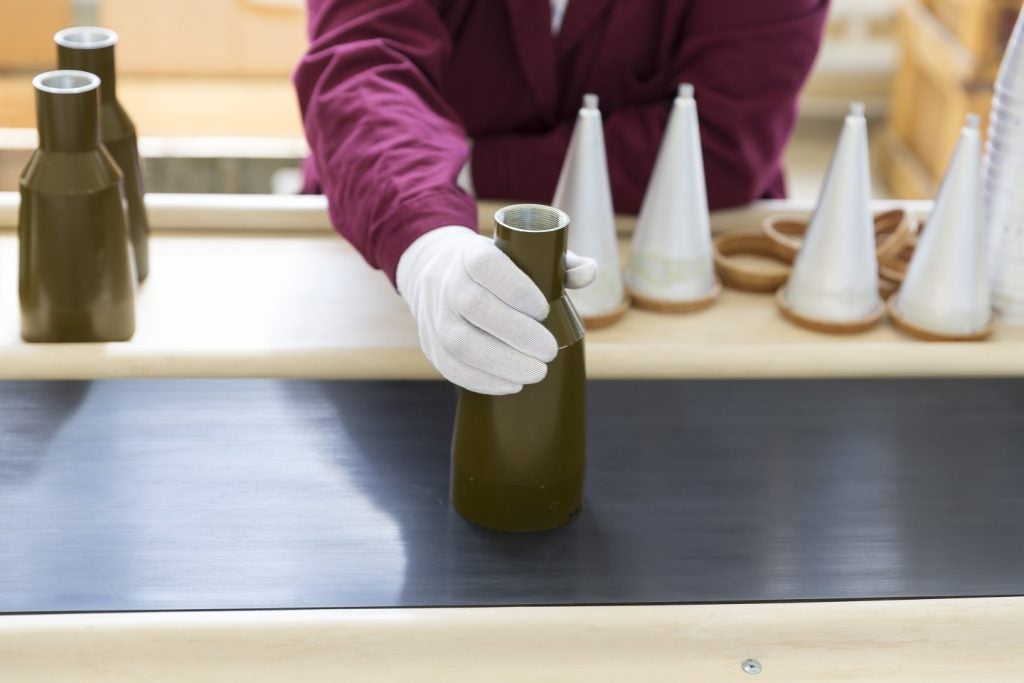Experts from the University of Leicester have met with military personnel in Afghanistan to discuss the application of a new technique that can identify fingerprints on metal even if they have been wiped off.
The technique could be used to test for prints on roadside bombs or on recovered bomb fragments, bullet cases and other weaponry.
Dr John Bond, a forensic research scientist at the University of Leicester and scientific support manager at Northamptonshire Police who worked on the project said that they have developed a method to visualise fingerprints even after the print itself had been removed.
“For the first time we can get prints from people who handled a cartridge before it was fired. Wiping it down, washing it in hot soapy water makes no difference – and the heat of the shot helps the process we use,” said Bond.
The procedure works by applying an electric charge to a metal, which has been coated in a fine conducting powder.
A fingerprint will leave a slight corrosion on the metal and this will attract the powder when a charge is applied. This will cause the residual fingerprint to show up.
How well do you really know your competitors?
Access the most comprehensive Company Profiles on the market, powered by GlobalData. Save hours of research. Gain competitive edge.

Thank you!
Your download email will arrive shortly
Not ready to buy yet? Download a free sample
We are confident about the unique quality of our Company Profiles. However, we want you to make the most beneficial decision for your business, so we offer a free sample that you can download by submitting the below form
By GlobalDataDr Bond said they had found the method worked well on certain metals including brass which is often used for bullet casing.
By Daniel Garrun.







